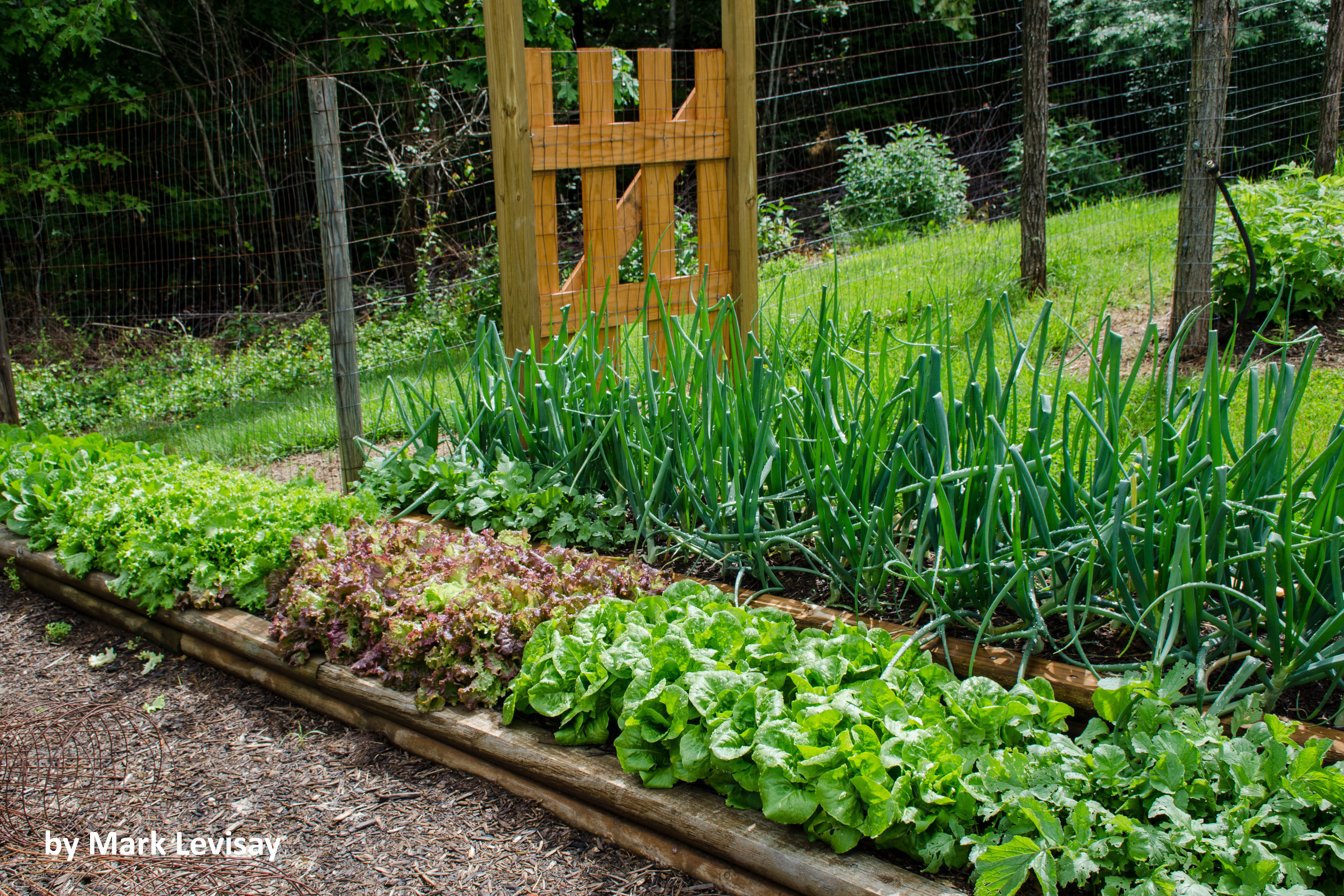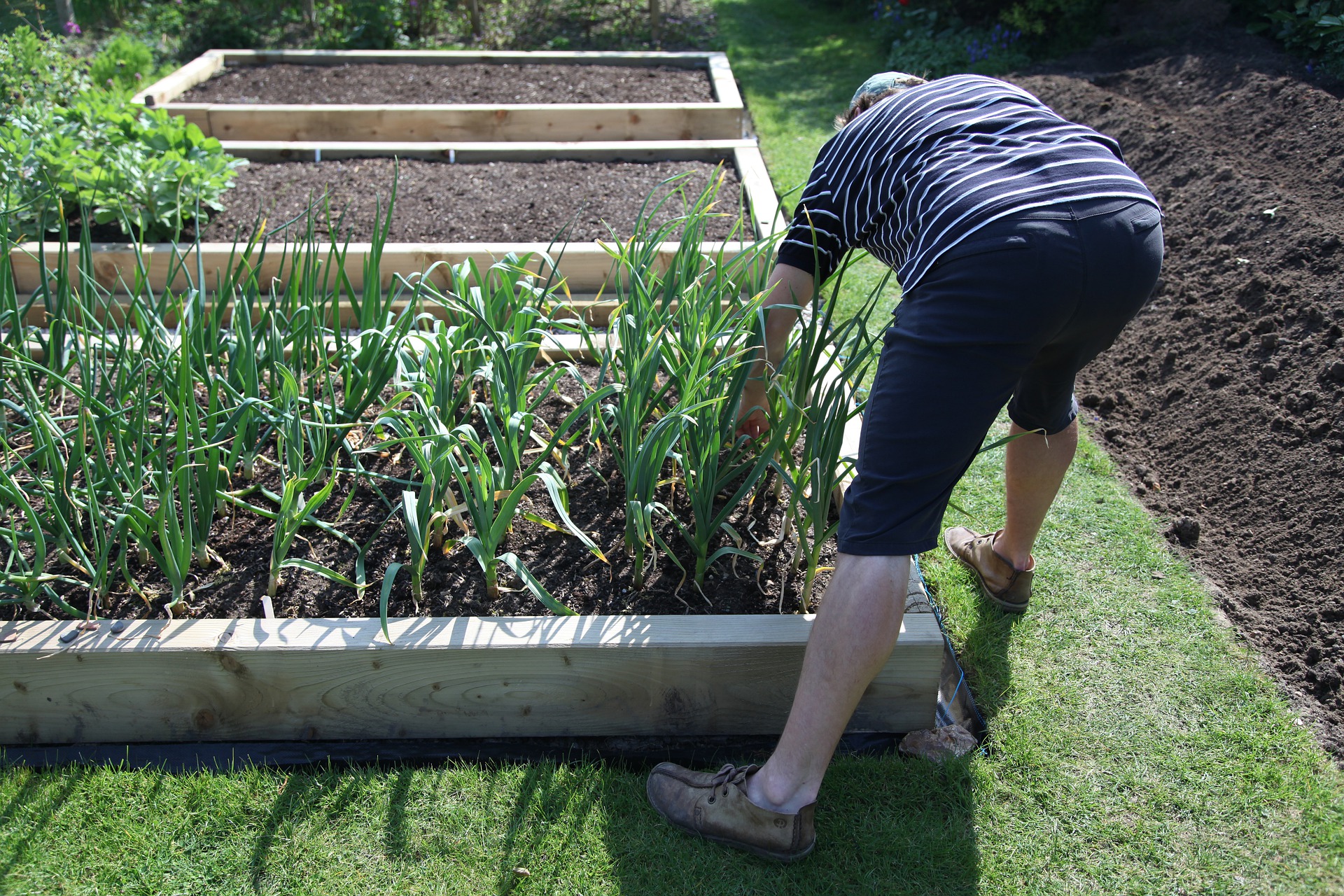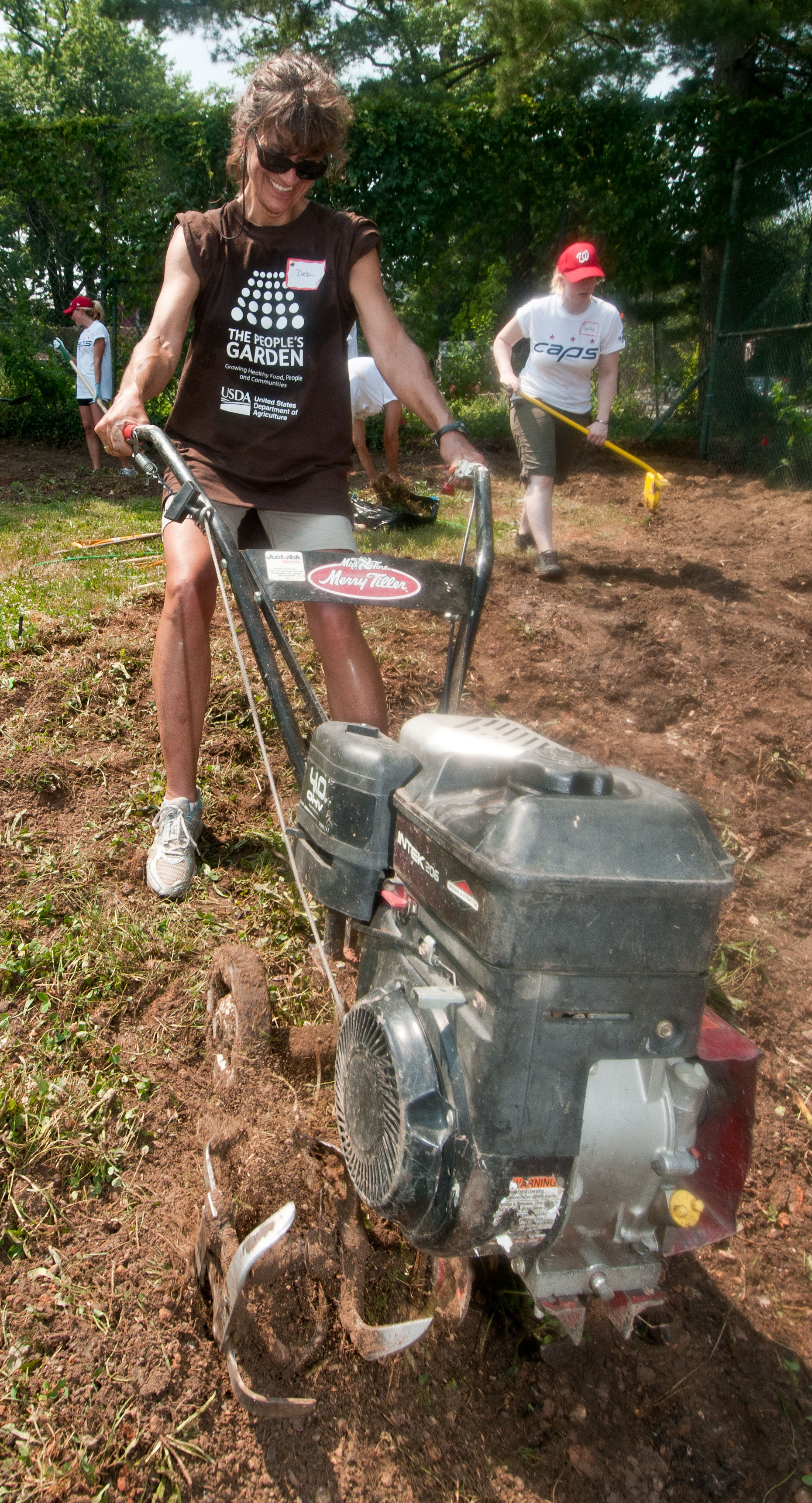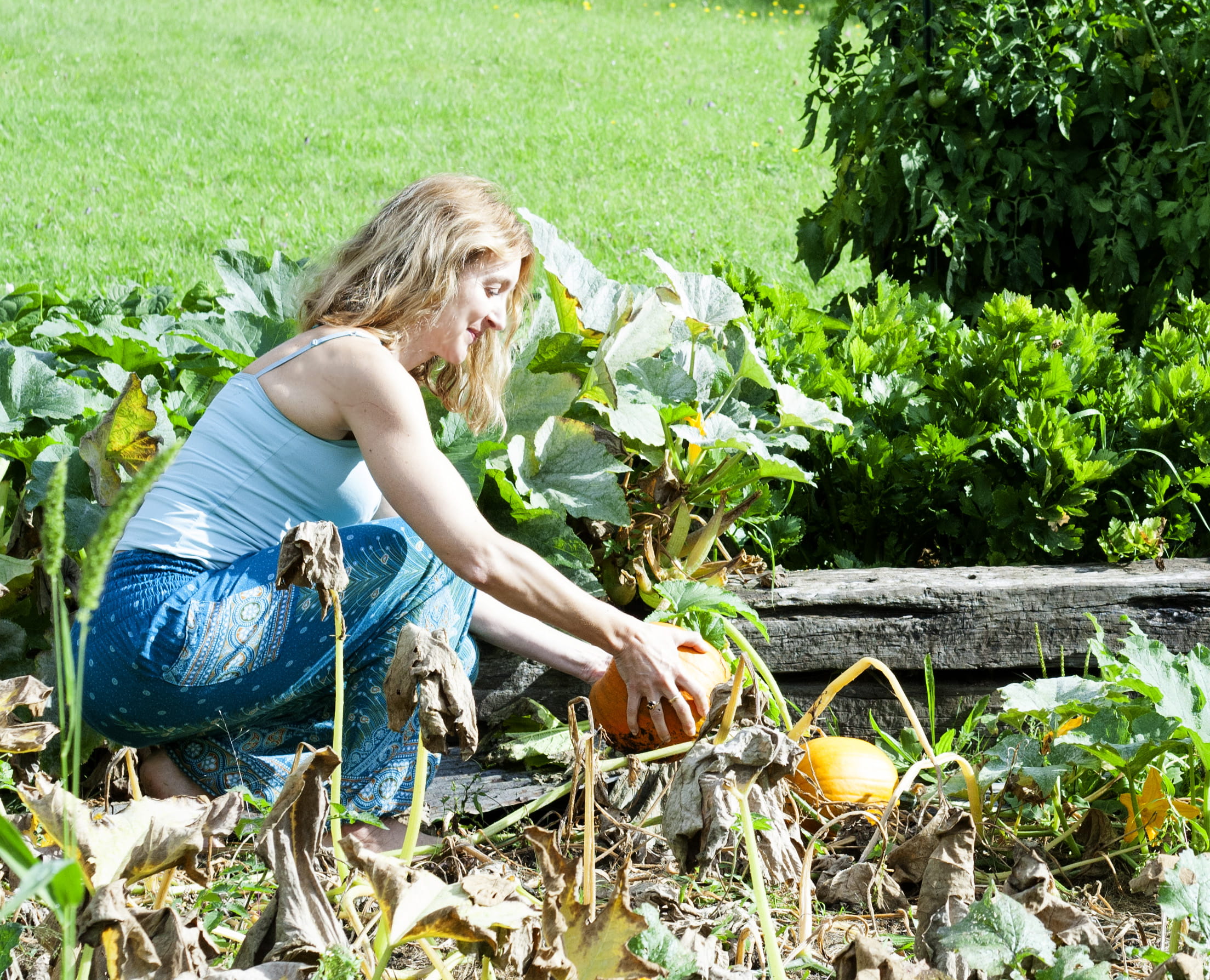By Sandra Nelson
With the days all seeming to melt together, it’s hard to realize that today is already May 7th. In another week or so it will be time to begin planting the bulk of my vegetable garden — the warm season plants like tomatoes and cucumbers and zucchini, and some seeds like beans and carrots.
To begin vigorous growth, vegetables, like many other plants, need the soil temperatures to be warm — between 65 and 70 degrees. 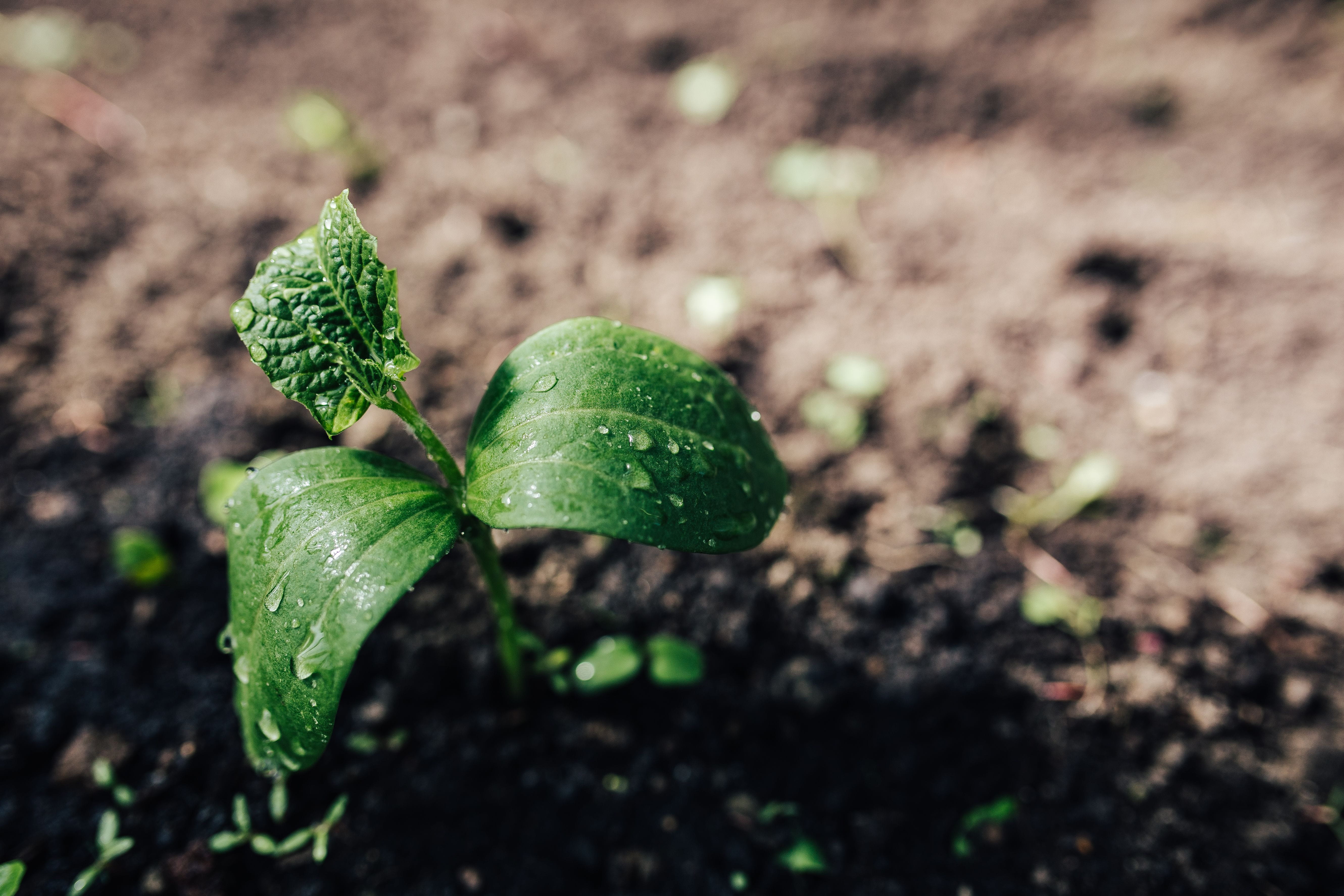 Planting warm season veges too soon means that they will either succumb to cold air and soil and wither away, or they will just sit waiting for it to warm up. The good news is that if you have been on the fence about growing your own vegetables, now is the perfect time to begin.
Planting warm season veges too soon means that they will either succumb to cold air and soil and wither away, or they will just sit waiting for it to warm up. The good news is that if you have been on the fence about growing your own vegetables, now is the perfect time to begin.
Last spring, we published an article full of great ideas on incorporating edibles into the existing landscape. https://www.embassylandscape.com/blog/not-my-mothers-vegetable-garden/ For many, foodscaping is the perfect way to add a supply of fresh vegetables without making major changes to the yard’s design.  It creates interest by adding a variety of shapes and textures to flower and shrub beds while also supporting biodiversity by attracting a variety of insects. Edible landscaping can be good for the soul and good for the stomach. Read the article to see if this is the path for you.
It creates interest by adding a variety of shapes and textures to flower and shrub beds while also supporting biodiversity by attracting a variety of insects. Edible landscaping can be good for the soul and good for the stomach. Read the article to see if this is the path for you.
For those who are more traditionally minded though, putting in a plot strictly devoted to vegetables may be the answer. There are definitely some important preparations that need to be done before planting, but in the long run the effort is worth it.
Begin by scouting out appropriate locations for your garden. Vegetables need at least 6 to 8 hours of sunlight every day. A level area that has some protection from drying winds can be helpful and easy access to water is essential. Dragging hoses or carrying buckets of water every day will quickly lose its charm in the roasting sun of summer.
Next, realistically evaluate how much time and energy you are willing and able to put into a vegetable garden over the course of the growing season. Unless you are willing to overlook an unsightly patch of weeds, the garden will need to be weeded, watered and watched over until consistently cold weather arrives. If this is a first for you, it’s best to start small and increase the size over time. An 8 x 8 or 10 x 10 foot bed can easily produce enough for a family of four without becoming overwhelming.
An adequately prepared bed helps to guarantee success. I find it helpful to stake out my new beds before I begin so I have a guide as I begin to strip off the surface sod. When there is time, it is easiest to kill the surface vegetation by covering the area with black plastic or layers of newspaper or cardboard. Otherwise, use a squared edge spade to divide the patch into workable sections.
With a garden fork, lift the section, shake off the dirt and reuse the sod in other parts of your yard. Using a pointed shovel, dig down at least 12 inches (18 is better), turning and breaking up the soil clods as you work. Remove any large rocks, roots, branches etc that could interfere with the plants’ developments.
Aerate the existing soil either by hand or with a tiller, then add two or three inches of organic matter to the top of the bed. Work it into the soil. Using a rake, level and bed and remove any remaining clots. If the soil seems especially depleted, restrain yourself from purchasing and adding commercial garden fertilizers. Have the soil tested before adding fertilizer. Too much or incorrectly balanced fertilizer can be as detrimental as no nutrients.
With the bed ready for planting, then you can make realistic decisions about what and how much to plant. Make a list of the vegetabl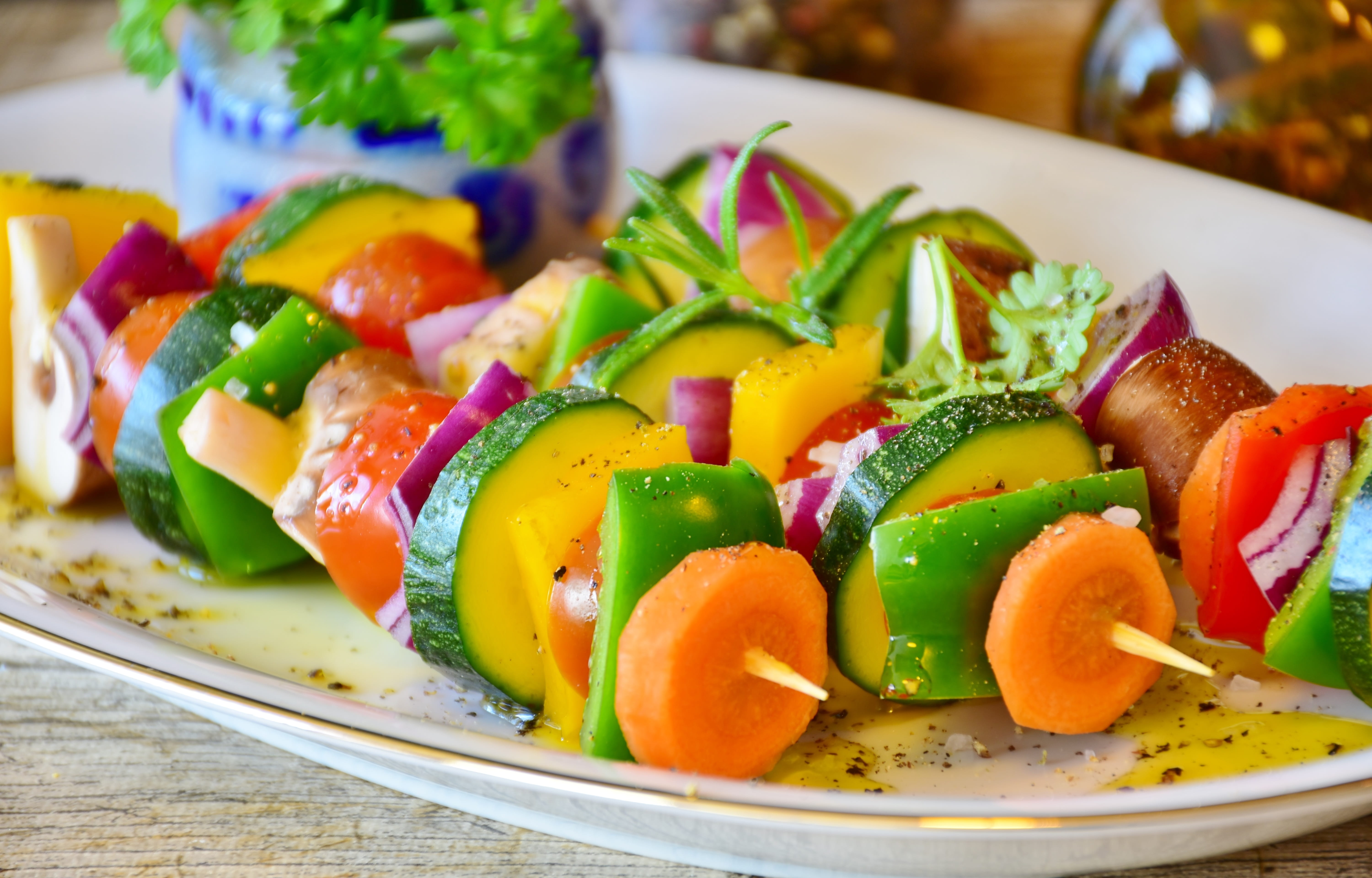 es that you actually eat and choose four or five varieties to grow. Tomatoes, peppers, beans,cucumbers, zucchini and most herbs are usually considered easy to grow, but make sure that you select varieties that are appropriate for your particular region.
es that you actually eat and choose four or five varieties to grow. Tomatoes, peppers, beans,cucumbers, zucchini and most herbs are usually considered easy to grow, but make sure that you select varieties that are appropriate for your particular region.
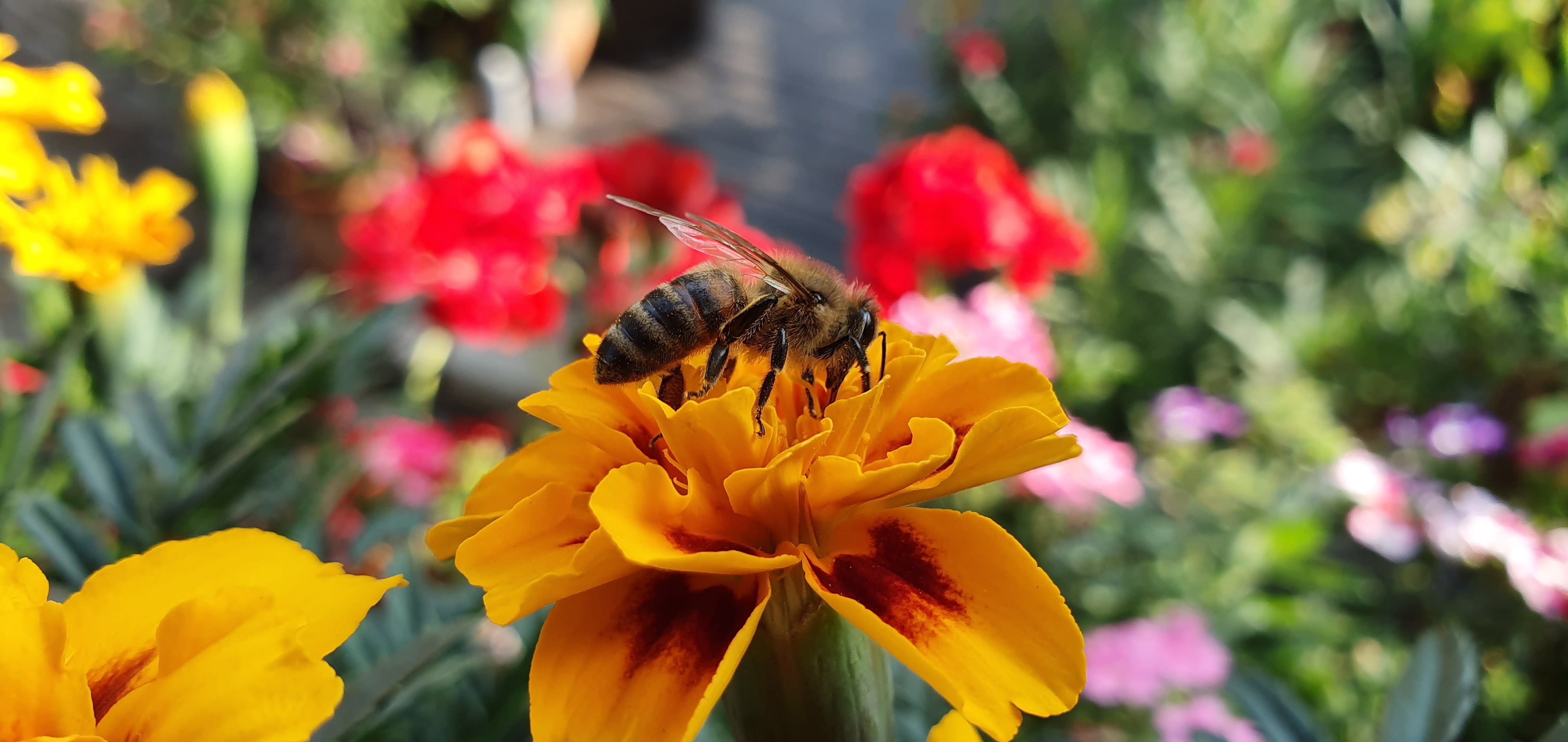 Most nurseries and locally owned garden centers stock the best choices for their areas. Add some companion plants — flowers like marigolds, for example — to your list. Flowers attract pollinators that many vegetables need to produce fruit, and they act as repellents for harmful insects.
Most nurseries and locally owned garden centers stock the best choices for their areas. Add some companion plants — flowers like marigolds, for example — to your list. Flowers attract pollinators that many vegetables need to produce fruit, and they act as repellents for harmful insects.
Before you head out to buy your seeds and plants, make a planting plan so that you will know what you actually need to fill but not overcrowd the space. I find that online seed catalogs and local extension services give excellent planting instructions that include spacings and depths. (https://parkseed.com/ ; https://www.ballseed.com/ ; https://www.rareseeds.com/ ; https://www.seedsavers.org/ ) As you plan, don’t forget that you will need pathways in the garden to be able to weed, water and harvest your crop. Crops that need support, tomatoes and pole beans for example, should be placed on the north side of the garden. Otherwise, as the season progresses, they will block the sunlight on the shorter plants, resulting in leggy plants and reduced production.
List in hand, head out to purchase your supplies. Look for dark green leaves on short, bushy plants. Root systems should be well-developed but not pot bound. Roots that are crowded into their pots may have trouble reaching out in the garden. 
Check that seeds have been packaged for the current growing season. Although it’s tempting to select plants that are already in bloom, avoid them! Plants that are in bloom in the pot have channeled their energy into the bloom and may remain stunted all season.
Try to plant your selections within a day or two of purchasing them. Planting on cloudy days or early in the morning is less stressful for small plants and seedlings. Water them thoroughly but be careful to avoid damaging tender stems and leaves. Soaker hoses, which can be left in place for the season, are ideal for gardens. They give water to the soil where it is needed and reduce the number of hours you spend holding a hose.
Once your garden is established, plan on setting aside 20 to 30 minutes a day for the daily maintenance tasks.
- Pull weeds that compete for water and nutrients.
- Thin rows as needed.
- Stake plants early; young plants are less likely to be damaged in the process.
- Remove rotting or dead leaves, stalks and vegetables that can harbor insects and diseases.
- Increase air circulation by continuing to stake leggy plants.
- Clean and disinfect tools to avoid spreading diseases.
- Harvest regularly to keep plants producing.
- Water deeply and thoroughly.
- Mulch as necessary to keep soil moist and cool.
Vegetable gardening is both an art and a science — and like other important endeavors, takes both knowledge and practice to perfect. When you taste that perfectly ripened tomato or cucumber that you harvested from your own garden, you know that all the time and effort were worth it.

